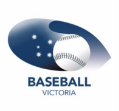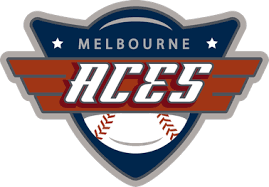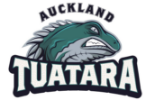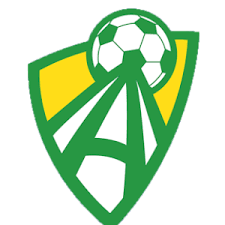What is a Muscle Tear?
Sore muscles and muscle aches are a common symptom post-exercise. However, when you hear reports of muscle spasms, muscle strain, pulled muscle or a torn muscle then there has been significant muscle injury.
Muscle pain – no matter how you describe it – “pulled muscle”, “muscle strain”, “muscle injury” or “torn muscle” the end result is injury to your muscle potentially resulting in muscle spasms, pain, weakness and reduced muscle performance.
Muscle pain can be caused by any muscle strain, injury or tear. The most common are the high speed and load muscles such as your hamstrings, thigh (quadriceps), calf, back and biceps.
Muscle tears can range from a mild strain (grade one), moderate strain (grade two) to a severe strain or complete rupture (grade three).
Strains most commonly occur in the:
- lower back
- neck
- shoulder
- hamstring muscle, which is located in the back of the thigh, and
- calf muscle

Diagnosing and treating a muscle strain.
- alleviate pain and inflammation.
- reduce the risk of further injury.
- regain full use of your body.
- give your body a chance to rest and heal properly.
Without proper treatment, you may experience recurring injuries or pain and weakness in the muscle during everyday use. It can be especially painful during exercise and athletic activities.
Surgery is sometimes necessary to repair a severely torn muscle as opposed to one that’s strained. Surgery is typically the last resort for muscle injuries.

RICE Method
The individual letters of RICE stand for rest, ice, compression, and elevation. In particular, RICE involves the following:
Rest by taking an adequate amount of time to heal and avoiding physical activity. This can help strained muscles and other injuries.
Ice your muscle by using cold packs with a barrier between them and your skin four to eight times per day for 20 minutes at a time.
Compress your muscle by applying a steady, gentle pressure on it. This prevents swelling and inflammation, which delay healing. Wrapping an elastic bandage around the affected muscle is best.
Elevate the injury above your heart to reduce swelling. Use pillows or other devices to raise an affected limb while you rest.
Ice controversy
Of recent times, there is a growing view that ice is no longer the best treatment. Some will suggest early movement and muscle stimulation is better at clearing the area of bi-products. This is felt to speed up the recovery process.
The best thing to do is to discuss it with your Physiotherapist as to what will suit you better.
Other things to help recovery
Anti-inflammatory pain relievers such as ibuprofen (Nurofen) or aspirin can help reduce swelling and pain.
Physiotherapy may also be needed. They will be able to massage the area to relieve pain as well as prescribe stretching and strengthening exercises in a timely manner in order to return to normal activities without re-injury.
Physio will also include a thorough examination to see if there are reasons why the strain occurred in the first place. Often a tightness or weakness in an area will be the reason it happened in the first place.
Do I need Surgery?
More often or not the answer here is no. Proper rehabilitation is generally enough to get better. However with certain tears surgery is required.
Surgery is the typical treatment for ruptured muscles and tendons. You and your doctor will discuss all surgical or nonsurgical options available to repair your muscle.
Can I stop it recurring?
The last thing you want to do is re-injure a strained muscle. There are several ways you can prevent a muscle strain from recurring, including:
- Allowing for proper time to heal from an injury
- Stretching your muscles daily
- Cross-training for sports by weightlifting or choosing another activity to strengthen your muscles
- Warming up before exercise or intense activity
- Eating foods high in potassium, like bananas and avocados, before exercise to prevent muscle fatigue
- Properly hydrating during exercise














